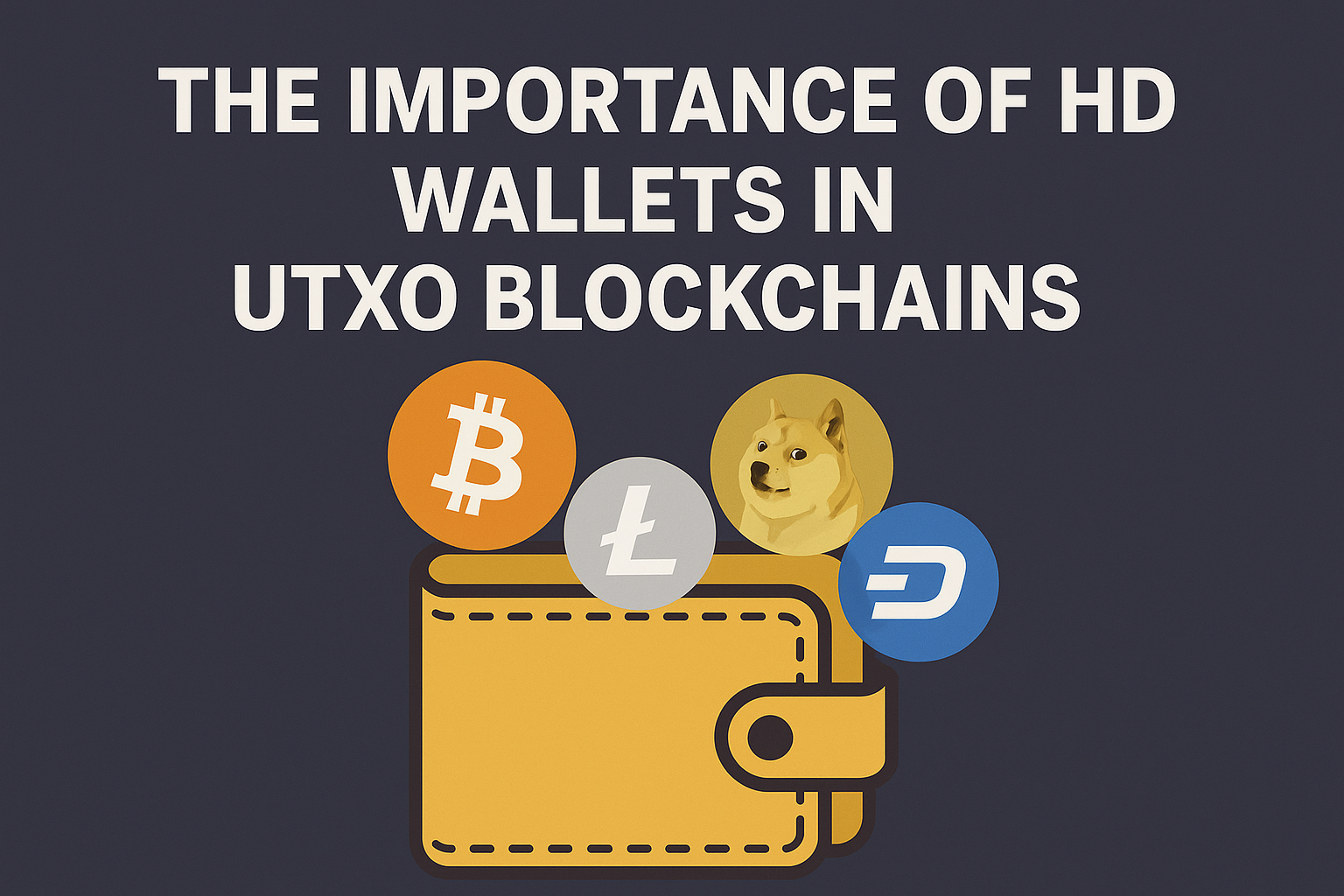Bitcoin Halving: Implications for the Blockchain Ecosystem
In this episode of the Real World Blockchain Podcast, Gauthier Lamothe, alongside co-hosts Zoe Braiterman, Rebeca Kaplan, and Niles Lee-Smith, discuss the highly anticipated Bitcoin halving event and its profound effects on the blockchain ecosystem. They explore how the halving impacts the Bitcoin network, from mining rewards to the broader cryptocurrency market. This episode also delves into the cutting-edge developments in Bitcoin technology, including Bitcoin runes and Chainlink’s cross-chain interoperability protocol.
Understanding Bitcoin Halving
Bitcoin halving is a significant event in the world of cryptocurrency, occurring approximately every four years. During halving, the reward for mining new Bitcoin blocks is cut in half. This has a direct impact on the supply of new Bitcoin entering the market. The latest halving event reduced the reward from 12.5 to 6.25 BTC per block, further increasing the scarcity of Bitcoin. Historically, halvings have been correlated with price increases, as the reduced supply combined with growing demand often leads to market speculation.
The Bitcoin Rune Revolution
Bitcoin runes, a new token standard introduced on the Bitcoin network, represent an exciting leap in Bitcoin’s functionality. Built on the previous BRC-20 token standard, Bitcoin runes offer a more efficient way to create and transfer fungible tokens. This innovation significantly enhances Bitcoin’s use case, pushing it closer to the realm of decentralized finance (DeFi) and making it more versatile in the blockchain ecosystem. As Bitcoin continues to evolve, this token standard could become a pivotal aspect of its future.
Chainlink’s Cross-Chain Interoperability Protocol
One of the most exciting developments in the blockchain world is Chainlink’s release of its cross-chain interoperability protocol. This protocol allows different blockchain networks to communicate seamlessly, enabling the transfer of tokens and data across chains. By creating a standardized method for blockchain communication, Chainlink is helping foster an interconnected ecosystem where decentralized applications (dApps) can operate more effectively across various blockchain networks.
The SEC Lawsuit and Its Impact on the Crypto Industry
As the blockchain space matures, regulatory scrutiny increases. The podcast also touches on the ongoing lawsuit against the SEC regarding the definition of a “dealer” in the context of cryptocurrencies. This lawsuit could have significant consequences for crypto market participants, as it challenges the SEC’s broad interpretation of the term “dealer” and its potential to apply stringent regulations to crypto traders and liquidity providers. The hosts emphasize the importance of clear regulations to ensure a thriving crypto ecosystem without stifling innovation.
The Future of Bitcoin and Blockchain Technology
Bitcoin’s resilience is showcased through the aftermath of its halving event, with transaction fees dropping significantly. This demonstrates the network’s capacity to handle increasing loads and maintain efficiency, even as demand rises. The hosts speculate that Bitcoin will remain a core asset in the blockchain ecosystem for years to come, though its role may evolve as new technologies, like Bitcoin runes, emerge.
Blockchain Payments and Business Adoption
As blockchain technology continues to grow, businesses are increasingly looking for ways to integrate cryptocurrency into their operations. Web3 Enabler offers solutions such as Blockchain Payments that enable companies to accept Bitcoin payments within Salesforce. For businesses seeking to stay ahead in the crypto game, implementing Bitcoin-compatible wallets and adopting solutions like Blockchain Payments can position them as leaders in the emerging blockchain economy.
Conclusion
The Bitcoin halving event serves as a reminder of Bitcoin’s core value: scarcity and decentralized trust. As technological advancements like Bitcoin runes and interoperability protocols emerge, the blockchain ecosystem will continue to grow and evolve. However, regulatory clarity remains essential to ensure the continued development of the industry. As the hosts of the Real World Blockchain Podcast discuss, grassroots engagement in shaping regulations and fostering innovation will be key to the future of blockchain and cryptocurrency.








